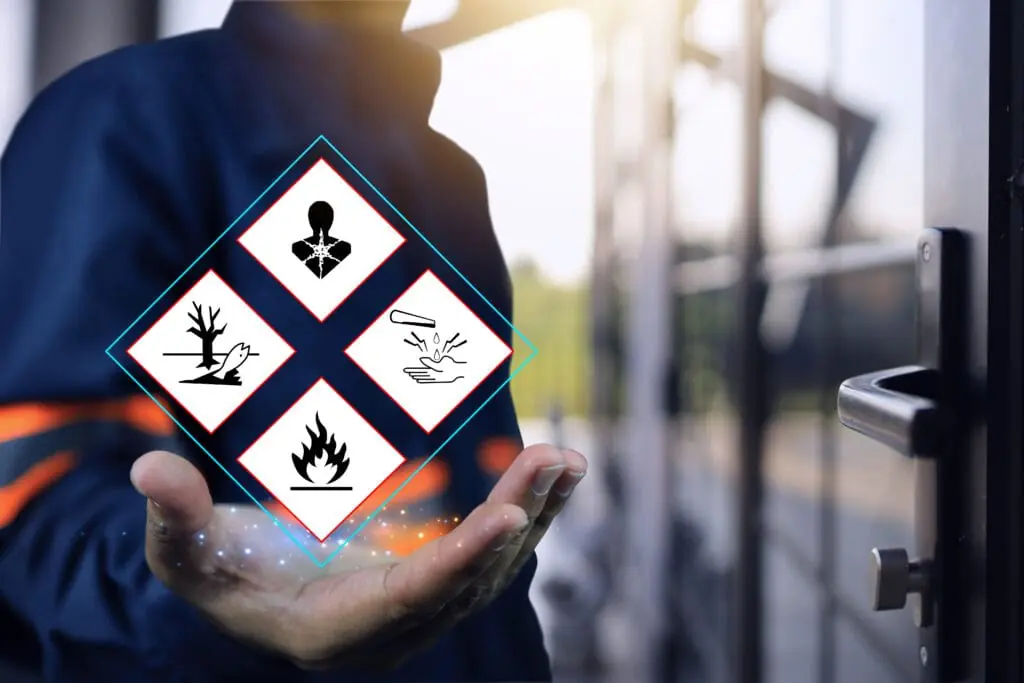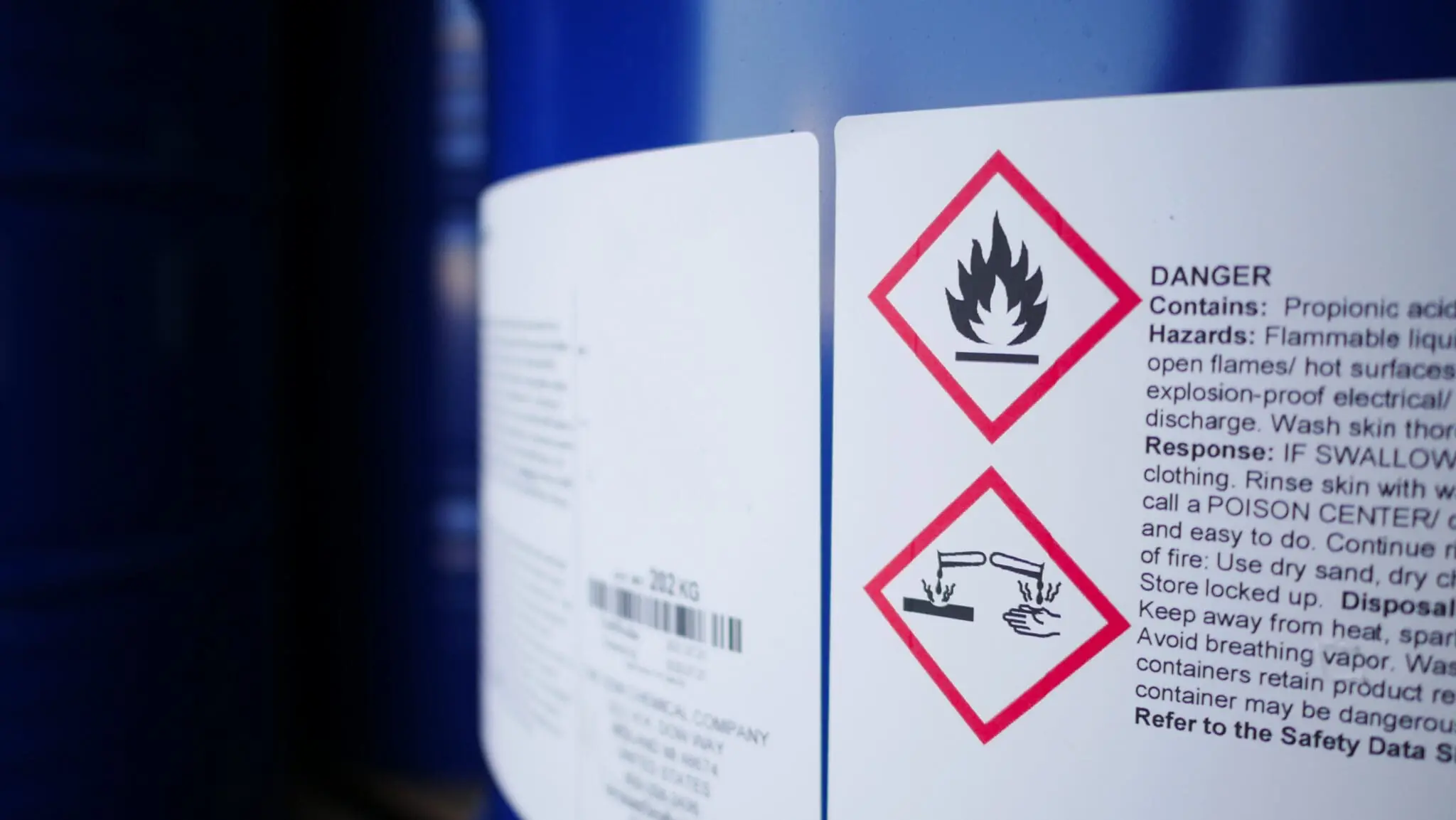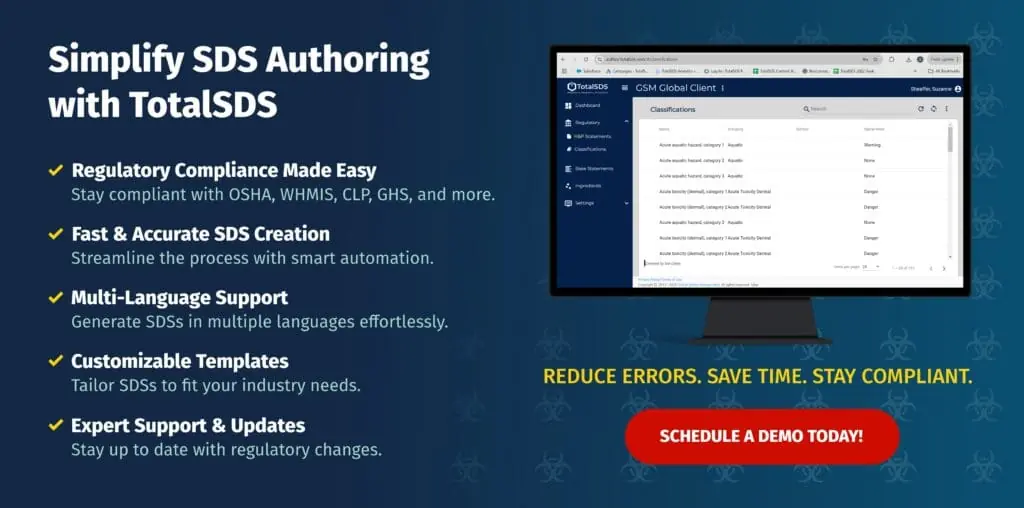Currently, the methods and technology manufacturers use to create their safety data sheets are, unfortunately, resulting in a lot of product hazard misclassification. And while many of the dangers and risks associated with the under classification of products are pretty obvious, it may surprise you to know that more SDSs are over-classified than under-classified – and that can be a big problem.
For one, accuracy is paramount, as SDSs serve as crucial sources of information for workers and employers, as well as emergency responders. Authoring safety data sheets (SDSs) require careful attention to detail and compliance with relevant regulations. Here are some key steps to effective SDS creation:
Under-Classified vs. Over-Classified
We stress the importance of a safe workplace – so why would over-classification be a problem?
Because it has serious financial implications throughout the supply chain and negatively impacts employee safety. How? It’s like the story of a little boy who cried wolf: If all the chemicals employees work with are classified at a certain level, then none will stand out.
Further, there’s also the mistaken belief that the risks and costs associated with under-classification far outweigh those associated with over-classification. This is not true. The goal should always be to classify products correctly and accurately.

If a product is especially toxic, for example, you want employees to take extra care when handling it. So how can it be bad for employees to take extra care when handling all products?
The simple answer is that we humans become desensitized to what is familiar which, in turn, means we are then less thoughtful about directions.
Think about it: Have you ever left work and meant to go a different route only to find that you subconsciously took the regular route? Or have you ever gotten home and not really remembered the drive? These are examples of how we become used to – and desensitized by – routines.
While this natural inclination is adaptive and generally good to avoid information overload every day, especially in modern life, you don’t want your employees to subconsciously see hazardous products as ‘routine.’ Additionally, if the products employees are working with are routinely over-classified, they could end up using personal protective equipment that they don’t need, impacting their work experience, morale, and productivity. And that doesn’t even touch on the fact that the equipment itself can be expensive.
Ingredients vs. Physical Properties
Then this inevitably begs the question: If over-classifying the hazards is a problem, why does that happen? It’s because the industry approaches the creation of SDSs from the bottom ingredients up, instead of from the hazards down.
Ingredients that are hazardous may lose their hazardous properties when they’re mixed together. For example, consider corrosivity. Both acids and bases are corrosive. But when mixed together, they may not be. So what really matters is the end product.
Because when it’s burning someone’s skin, what matters is that it’s corrosive – not why it’s corrosive. Whether it’s acetic acid or hydrochloric acid, the end result is the same: It’s corrosive. When you approach it from the hazard perspective, you have one path to the safety information an end-user needs, and it’s the shortest path. When you start with the ingredients, you have as many paths to that same safety information as there are ingredients that drive acidity or alkalinity in a product.
So while ingredients matter, did you know that more than 90 percent of the information on SDSs is based on the physical properties, not the ingredients?
Taking A Top-Down Approach
Taking a top-down or hazard-down approach is not only more efficient as it leads to consistency across documents, but it also leads to improved safety because end-users become familiar with the layout and where the information is.
Consider the fact that someone may mistakenly say ingredient X makes a product corrosive. But what they’re missing is that what makes the product corrosive is its physical properties. So the correct approach is to recognize that ingredient X impacts the physical properties, which, in turn, drives the hazard classification of corrosive. But there’s more than one ingredient that can have the same impact on the physical properties that, in turn, drives to the same hazard classification.
So when an SDS is created, it’s important to start with the physical properties of the product first. The pH, flashpoint, boiling point, and more.
Who is Responsible for Writing a Product’s SDS?
Authoring SDS for hazard communication is critical, but who is responsible? As a manufacturer or distributor, you are responsible for creating safety data sheets for the workplace. Similarly, those who send or receive hazard products are also responsible for an SDS.
Many firms may elect to hire a third-party service or consultant with expertise in chemical safety and regulatory compliance to author SDSs, which can be expensive and inefficient for continued updates, managing and maintenance. With changing technology, SDS authoring software can help improve processes developed for creating mandatory hazard communication documents. Similarly, SDS managing software can ensure your SDS library stays up to date.
SDS Authoring Software: Quick, Easy and Cost-Effective
Having an authoring system or process that groups products in families based on unique hazard combinations and physical states can make all the difference.
And at TotalSDS, we recognize that managing the compliance process can be a tedious, time-consuming and complicated effort that requires a specialized EHS knowledge base. Schedule a demo today to see how TotalSDS can handle your Safety Data Sheet authoring needs, saving you time and money so you can focus on what is important to your business.



